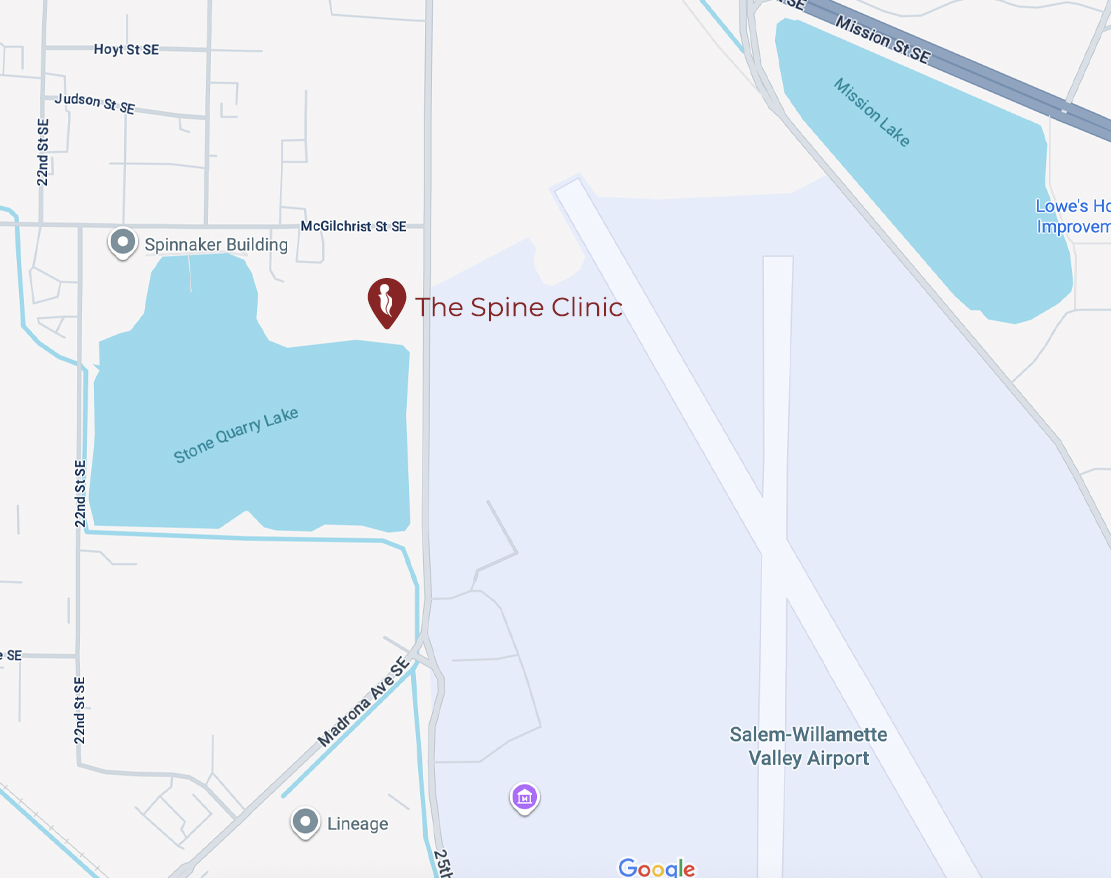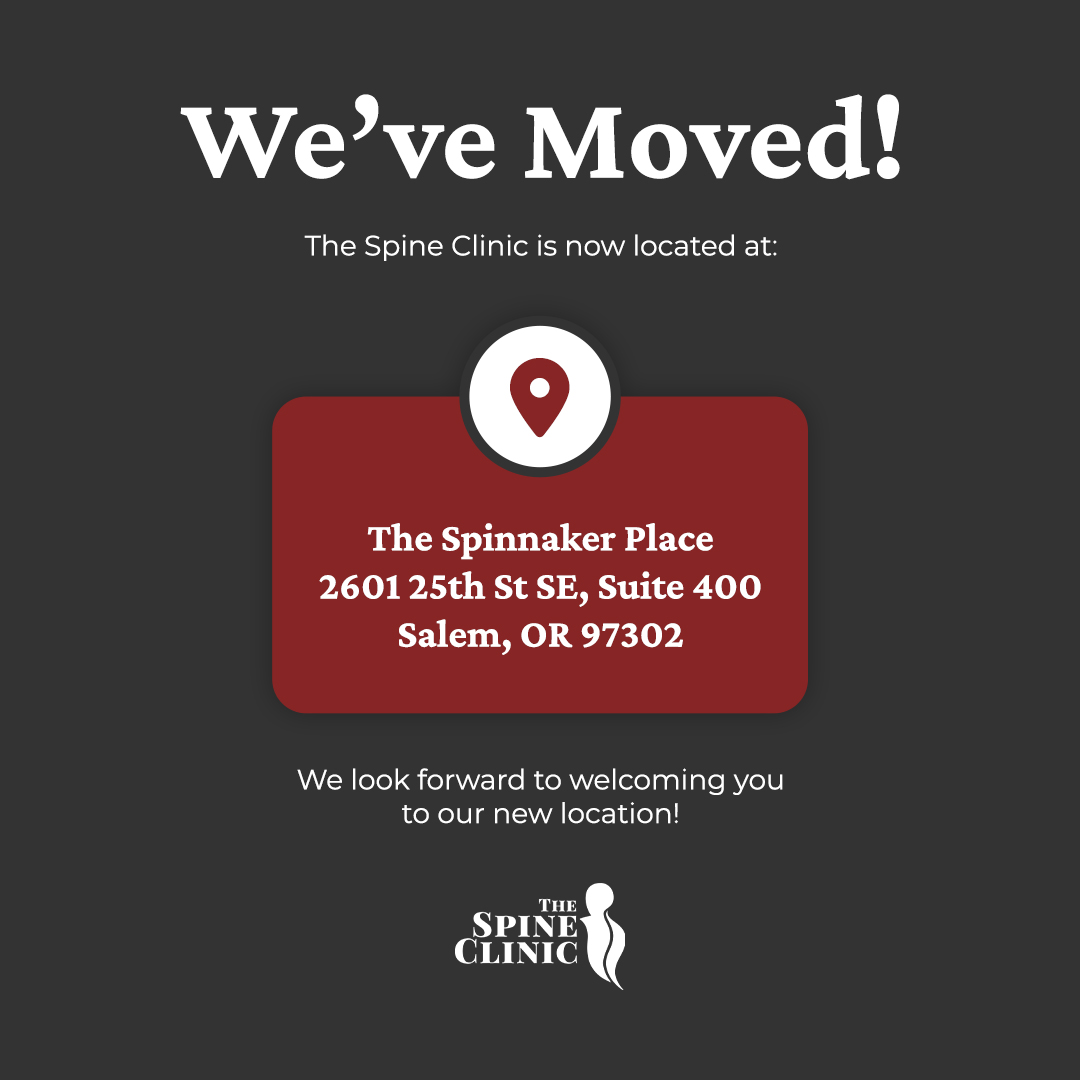The importance of good posture has been instilled in us since we were children. At school, you were always told to sit straight during every class activity. Yet, despite the constant reminders, you still found ways to slouch in your chair. Decades later, this poor posture would carry over to your workplace and could cause harm to your health. Instead of taking the usual over-the-counter pain relievers, it is beneficial to seek natural chiropractic help. Here’s how a chiropractor can correct poor posture and its effects.
Assessment
An experienced chiropractor in Salem, OR will ask you several questions first before starting the treatment. The goal of these probing questions is to see if your pain is the result of your poor posture. Expect questions about your daily activities, work routine, and the exercise you do. These questions will help your chiropractor in Salem, OR determine how your posture has transformed.
Your chiropractor will use a chiropractic postural assessment to see the status of your posture. This procedure involves evaluating you from a side and a front view. Your chiropractor will then measure several landmarks on different areas of your body.
Diagnostic X-rays
According to clinical studies, X-rays help pinpoint any spinal issues that could contribute to the poor posture and pain you’re experiencing at work. Your chiropractor can gather crucial data to help correct your posture. X-rays can show evidence of scoliosis, bone degeneration, shortened legs, or unlevelled pelvis. Once the X-rays are examined, your chiropractor will then determine how to correct your posture.
Adjustments
Skilled chiropractors use gentle joint movements to help correct your poor posture. The movements in your joints help increase your range of motion. They also decrease the tension in the surrounding muscles.
Soft Tissue Work
Clinical data reveals that soft tissue work helps your chiropractor concentrate on the interaction of your muscles and the rest of your body. Every action your muscles make has an equivalent reaction. As one muscle weakens, another one works harder to compensate for the lack of strength. The adjusting muscle then becomes overstimulated, tight, and painful. Your chiropractor will focus on the tight muscles through various muscle stretches and releases. Stretches always come before rehabilitation because tight muscles should be relieved first or they will only do all the work during the exercises. If your tight muscles do all the work, your weak muscles will just stay weak.
Rehabilitation and Exercises
After stretches, your chiropractor will strengthen your weak muscles through rehabilitation and special exercises. The rehabilitation and special exercises will be based on the changes in your posture. With gentle repetition, your weak muscles will gradually become strong and your tight muscles will relax.
Proper posture prevents you from developing pain in your back, shoulder, and neck. Yet, busy schedules and heavy workloads tend to make you forget about keeping your back straight. When pain affects your health and your work, we, at The Spine Clinic, can provide natural relief. You can call us at 503-362-5555 if you have any questions or prefer to schedule an appointment. Please visit our clinic in Salem, Oregon.









